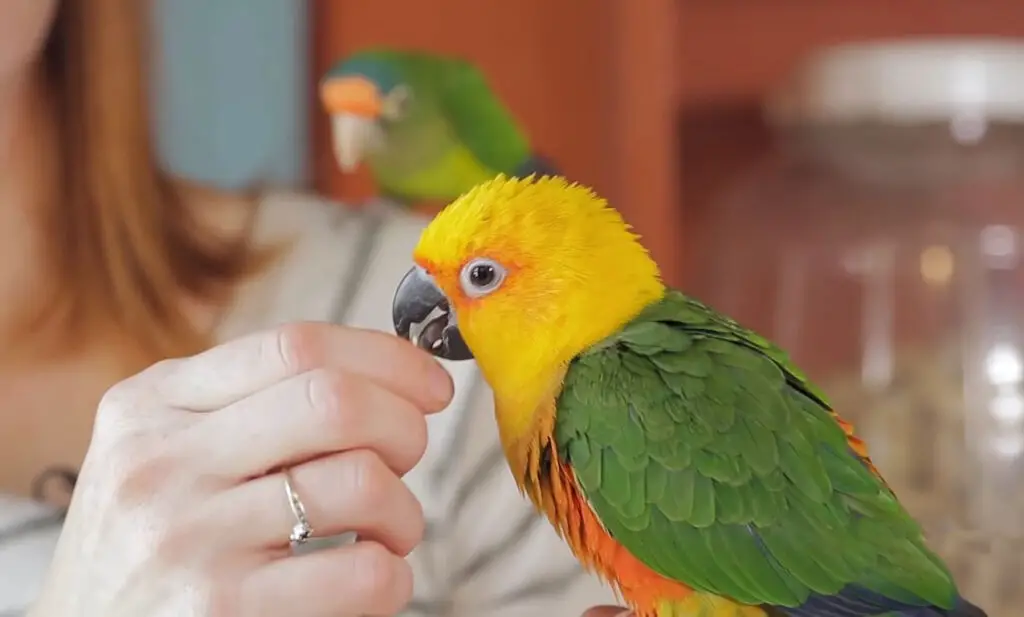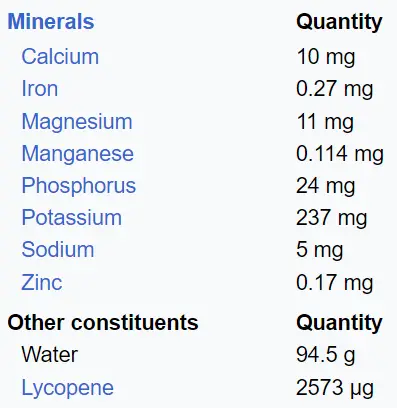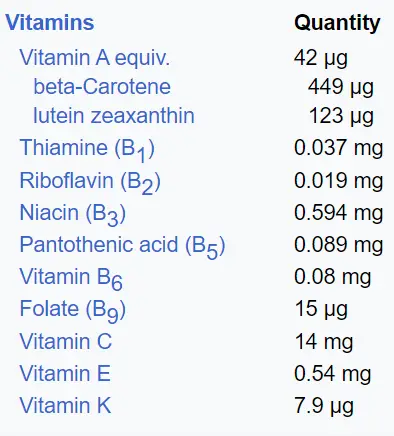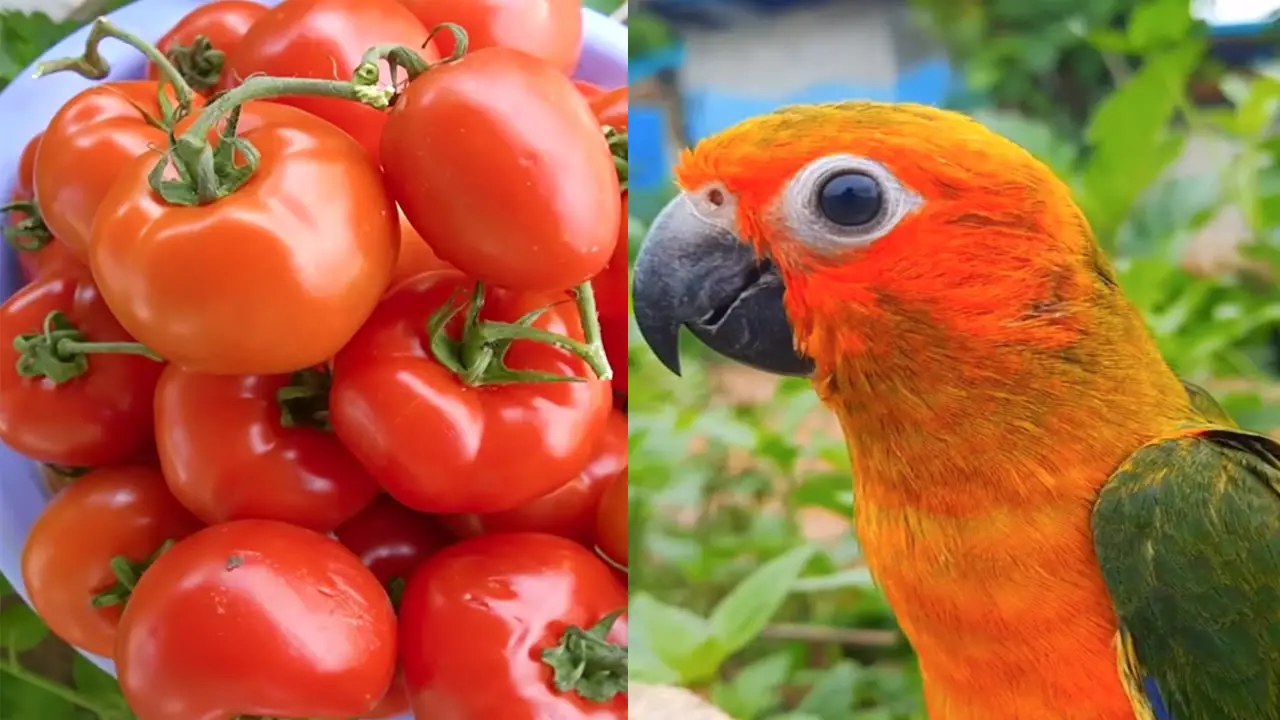Can Conures Eat Tomatoes?
Ever peeked at your lunch, tomato slice in hand, only to have your feathered friend eyeing it with longing? You’re not alone! Many conure owners wonder: can these curious critters safely munch on tomatoes?
The answer, like a ripe cherry tomato itself, is a little sweet, a little tangy, and requires a bit of caution. Worry not, fellow bird enthusiasts! This guide will peel back the layers on feeding tomatoes to your conure.
Tomatoes and Bird Nutrition: Sweet Treats and Tangy Tidbits
Tomatoes, those juicy sunshine globes, are packed with a vibrant palette of nutrients. Imagine a colorful bird feeder – vitamin C for a bright immune system, vitamin A for sharp vision and healthy feathers, potassium for energetic chirps, and a burst of antioxidants like lycopene to guard against pesky cell damage. Sounds pretty tempting, right?

But hold on, feathered friends! Just like with any treat, moderation is key. Tomatoes have their tangy side too. The acidity can upset delicate bird tummies, and while the solanine content in ripe tomatoes is low, it’s still something to keep an eye on (think of it as a tiny alarm bell reminding you not to go overboard). And the high fiber, although good for humans, can cause a bit of a logjam in a small avian digestive system if they have too much.
Related post-
So, here’s the deal: tomatoes can be a fun, occasional treat for your conure, adding a bit of variety and excitement to their diet. But remember, think “sweet cherry tomato” rather than “whole tomato buffet.” Keep it small, keep it ripe, and keep a watchful eye on your feathered friend after snack time. After all, happy tummies lead to happy chirps, and that’s the sweetest melody of all!

Can Conures Eat Tomatoes? The Answer… with a Twist!
Can your vibrant conure feast on a juicy tomato slice like you do? Well, the answer isn’t quite black and white (or, in this case, red and green). While fresh tomatoes aren’t inherently toxic to these curious feathered friends, they’re not exactly a health food bonanza either. Let’s delve into the sweet and tangy truth behind feeding tomatoes to your conure.

Imagine a miniature fruit stand bursting with vitamins! Tomatoes offer a vibrant array of nutrients for your conure, including:
Vitamin C: Boosts their immune system, keeping them chirping through any weather. Think of it as a superhero cape for their tiny bodies!
Vitamin A: Sharpens their vision and keeps their feathers healthy and glossy. Picture them preening with pride, their plumage gleaming like polished jewels.
Potassium: Fuels their playful antics and energetic chirps. Think of it as rocket fuel for their tiny engines!
Antioxidants (like Lycopene): Shields their cells from damage, keeping them happy and healthy for years to come. Think of it as a magic shield protecting them from invisible foes.
But Hold on, Tiny Bird!: The Tangy Side of Tomatoes
Like any delicious treat, moderation is key. Tomatoes have a few hidden quirks that can upset your conure’s delicate digestive system:
Acidity: Imagine tiny volcanoes erupting in their tummies! The acidity in tomatoes can cause irritation and discomfort.
Solanine: This natural compound, while minimal in ripe tomatoes, can still be a concern in large quantities. Think of it as a tiny alarm bell reminding you not to go overboard.
Fiber: Although good for humans, high fiber content can cause digestive blockages in small birds if they have too much. Imagine a traffic jam in their tiny intestines!
The Verdict: Sweet Cherry Tomato, Not Whole Buffet
So, can conures enjoy the occasional tomato treat? Absolutely! Just remember these key points:
- Keep it small: Think bite-sized pieces, not whole slices.Pick ripe ones: Avoid unripe tomatoes, as they’re more acidic and contain higher levels of solanine.Remove seeds and skin: These parts concentrate the most solanine.
- Moderation is key: A tiny nibble here and there, not a daily tomato feast.
- Monitor your feathered friend: Watch for any signs of digestive upset, like poop changes or decreased activity.
Remember, a balanced diet is still the best recipe for your conure’s health. Stick to your conure’s usual pellets and leafy greens as the main course, and let tomatoes be a fun, occasional dessert!
Safe Feeding Practices: Tiny Treats, Big Smiles
So, the verdict is in: tomatoes can be an occasional treat for your conure, adding a burst of flavor and variety to their diet. But how do you ensure these juicy morsels are shared safely and responsibly? Let’s dive into some key safe feeding practices:
Think bite-sized pieces: Imagine a miniature chef meticulously chopping tiny tomato slices. No chunks bigger than a blueberry! This helps with easy digestion and prevents choking hazards.
Fresh and ripe is the name of the game: Ditch unripe tomatoes, as they’re more acidic and higher in solanine. Opt for perfectly ripe ones, like plump little red suns bursting with sweetness and nutrients.
Seeds and skin, be gone!: These parts concentrate the most solanine, so a tiny surgical removal is in order. Imagine yourself as a bird whisperer, gently coaxing seeds and skin away before offering the treat.
Moderation is your mantra: Think occasional nibble, not daily deluge. A tiny tomato slice once a week or two is plenty to satisfy their craving for variety without upsetting their tummies.
Keep a watchful eye: After their tomato adventure, observe your feathered friend for any signs of digestive discomfort, like changes in droppings or decreased activity. If anything seems off, consult your avian vet for guidance.
Remember, variety is key! While tomatoes can be a fun treat, a balanced diet is still the best recipe for your conure’s health. Stick to their usual pellets and leafy greens as the main course, and let fruits and vegetables like peppers, berries, and leafy greens be a colorful buffet of additional nutrients.
Bonus tip: If you’re feeling extra cautious, you can always blanch the tomato slice for a few seconds in hot water. This helps reduce the acidity and soften the texture, making it even easier for your conure to digest.
Important Information: A Feather in Your Cap of Knowledge
While we’ve explored the delicious details of tomatoes and your feathered friend, some crucial information deserves a spotlight of its own:
Veterinarian Advice is Gold: Before introducing any new food, including tomatoes, to your conure’s diet, consulting your avian veterinarian is always the wisest course of action. They can tailor advice based on your conure’s specific needs and health history. Think of them as the wise owl of the bird world, offering personalized guidance for your feathered friend’s well-being.
Toxic Tomato Parts: Remember, knowledge is power! The leaves and stems of tomato plants are toxic to birds, containing high levels of solanine. Keep these parts far out of reach, just like you’d guard a treasure chest from mischievous pirates.
Tomatoes in Disguise: Cooked and seasoned tomatoes, like those in sauces or salsas, are not suitable for conures. The added salt, spices, and oils can be harmful to their delicate systems. Think of them as fancy, masked tomatoes hiding dangerous secrets (for birds, anyway!).
Don’t Forget the Essentials: While occasional treats are fun, remember that a balanced diet of bird-specific pellets and fresh, leafy greens is essential for your conure’s long-term health. Think of it as their daily bread, the foundation of their dietary castle!
Be a Responsible Bird Guardian: Always prioritize your conure’s well-being. Monitor their food intake, observe their behavior after introducing new foods, and consult your vet if you have any concerns. Being a responsible bird guardian means acting with knowledge, care, and a sprinkle of birdie love.
Remember, this information is your feather in the cap of knowledge, empowering you to make informed choices about your conure’s diet. By combining safe feeding practices with essential facts, you can ensure your feathery friend enjoys a happy, healthy life filled with delicious adventures (within moderation, of course!).
Conclusion: Sweet Bites and Feathered Smiles
Congratulations! You’ve reached the end of this delicious journey into the world of tomatoes and your conure. By now, you’re equipped with all the knowledge to navigate the sweet and tangy side of this treat, ensuring your feathered friend enjoys safe and scrumptious nibbles without upsetting their delicate tummies.
Remember:
- Tomatoes can be an occasional treat, adding a burst of flavor and variety to your conure’s diet. Think of them as sprinkles on their dietary cupcake!
- Moderation is key. Keep it to tiny pieces, ripe and seedless, once or twice a week. Imagine offering bite-sized confetti, not whole slices of cake.
- Safe feeding practices are your mantra. Blanch the slices for extra caution, monitor their behavior, and always prioritize their balanced diet of pellets and leafy greens. Think of it as a colorful salad with a tiny tomato garnish.
- Veterinarian advice is your golden feather. Always consult your avian vet before introducing new foods, and trust their expert guidance. They’re your partner in ensuring your conure’s long-term health and happiness.
With these tips in mind, you can confidently share the joy of a juicy tomato with your feathered friend, creating a bond of trust and delicious discovery. Imagine their bright eyes twinkling with delight as they savor the tiny treat, chirping their sweetest melody of gratitude.
So, go forth and explore the world of avian treats responsibly! Happy chirps and happy tummies to you and your conure!
Happy feeding adventures!
